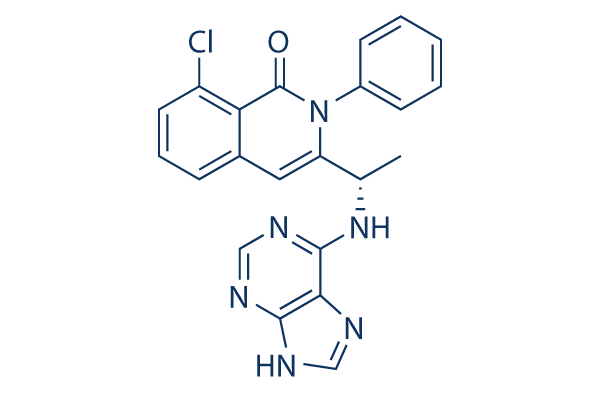So as to get rid of soluble p53 protein, lysates have been incubated with gently shaking for 10 min and insoluble materials was collected by centrifugation at 800 g at 4?C for five min. Pellets have been re suspended in 0. five ml of sonication buffer containing 0. 25% SDS, 200 mM NaCl, 100 mg ml of sonicated salmon sperm DNA and protease inhibitors and have been sonicated to shear DNA to lengths in between 150 and 500 base pairs applying a Misonix S 4000 sonicator with a plate horn. Following 10 fold di lution in ChIP dilution buffer, IPs were carried out overnight at four?C with two ?g of anti p53 or 2 ?g of normal IgG as being a adverse handle. Fifty microliters of Dynabeads pro tein G magnetic beads were extra to each sample for 2 three h, and also the beads have been then washed as indicated during the Upstate Biotechnology ChIP protocol. DNA was eluted first of all with a hundred ?L of TE with 1% SDS for ten min at 65?C plus a 2nd time with 150 ?L of TE with 0.
67% SDS for an extra 10 min at 65?C. The cross backlinks have been reversed overnight at 65?C. RNase A was added a knockout post and incubated at 37?C for thirty min then Proteinase K for two h at 56?C. DNA was then purified by QIAquick PCR purification KIT columns. Immunoprecipitated DNA was analyzed for p53 occupancy on selected chromosomal web-sites sur rounding the predicted miR related p53 REs by RealTime qPCR and fold enrichment of p53 binding towards the respective DNA sequences was calculated through the comparative Ct system as described previously. RealTime qPCR was carried out with the KAPA SYBR Green PCR combine and all primers have been checked for equal amplification efficiency. All PCR results were normalized to input controls. 3 distinctive DNA loci had been utilised as ChIP negative controls. Sequences of all ChIP primers are available on request.
Results and discussion Identification of practical p53 response elements in miR genes We utilized a predictor device for p53 RE transactivation po tential to identify candidate p53 REs inside of regulatory areas of miR genes or promoter areas of long noncod ing RNAs containing pri miR clusters. Based on this ana lysis numerous novel p53 target miRs may be predicted. To confirm p53 responsiveness in the identified p53 REs we 1st utilized ZM-336372 a very well established quantitative re porter assay inside the budding yeast Saccharomyces cerevisiae. This assay was selected because it provides a defined ex perimental process to measure transactivation possible of the panel of REs each cloned in the very same chromosomal loca tion in isogenic derivative reporter strains wherever wild variety or mutant p53, also as p53 related  proteins p63 and p73, may be expressed, one at a time, from a inducible pro moter. 15 candidate miR linked p53 REs have been studied. The validated miR 34a p53 RE was incorporated like a positive management.
proteins p63 and p73, may be expressed, one at a time, from a inducible pro moter. 15 candidate miR linked p53 REs have been studied. The validated miR 34a p53 RE was incorporated like a positive management.
Cyp17 Signal
CYP enzymes have been identified in all kingdoms of life.
